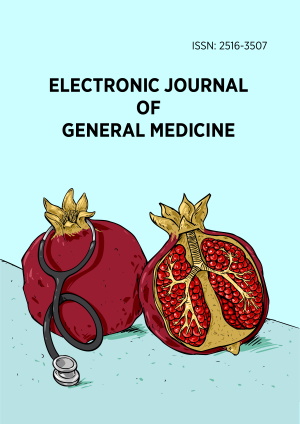Abstract
Background: Common mental disorders (CMDs), such as anxiety and depression, affect millions of adults in the United States; however, disparities in service utilization persist.
Objective: This study examined factors associated with the utilization of mental health services among adults in the United States.
Methods: A cross-sectional analysis of the 2023 national health interview survey data was conducted among US adults aged 18 and older. Multivariate logistic regression based on the Andersen behavioral model was employed to analyze predisposing, enabling, and need-based factors.
Findings: White adults had the highest service use, at 28.3%, compared to Black adults (17.6%), Hispanic individuals (16.1%), and Asian adults (10.3%). Multivariable logistic regression showed that the odds of using mental‑health services were significantly higher for females (odds ration [OR] = 1.89, 95 % confidence interval [CI] 1.75-2.02), younger adults (OR = 1.87, 95 % CI 1.57-2.22), respondents with a master’s degree or higher (OR = 2.19, 95 % CI 1.83-2.61), insured individuals (OR = 2.27, 95 % CI 1.88-2.68), those reporting limitations in social activities (OR = 2.34, 95 % CI 1.98-2.76), and participants with a diagnosed CMD (OR = 4.29, 95 % CI 3.86-4.76) compared with their respective reference groups. In contrast, being married was associated with lower odds of service use (OR = 0.75, 95 % CI 0.68-0.82) compared to being single.
Conclusions: Despite overall improvements in access, significant disparities in mental health service utilization persist, particularly among racial and ethnic minorities and the uninsured. These findings underscore the need for targeted and integrated policy responses, including expanding insurance coverage through targeted outreach in underserved communities, integrating culturally responsive care models, and incorporating routine functional assessments in mental health screening can help bridge these gaps and promote equitable access to services across the US adult population.
License
This is an open access article distributed under the Creative Commons Attribution License which permits unrestricted use, distribution, and reproduction in any medium, provided the original work is properly cited.
Article Type: Original Article
ELECTRON J GEN MED, Volume 22, Issue 5, October 2025, Article No: em683
https://doi.org/10.29333/ejgm/16747
Publication date: 01 Sep 2025
Online publication date: 13 Aug 2025
Article Views: 3648
Article Downloads: 3358
Open Access References How to cite this article
 Full Text (PDF)
Full Text (PDF)